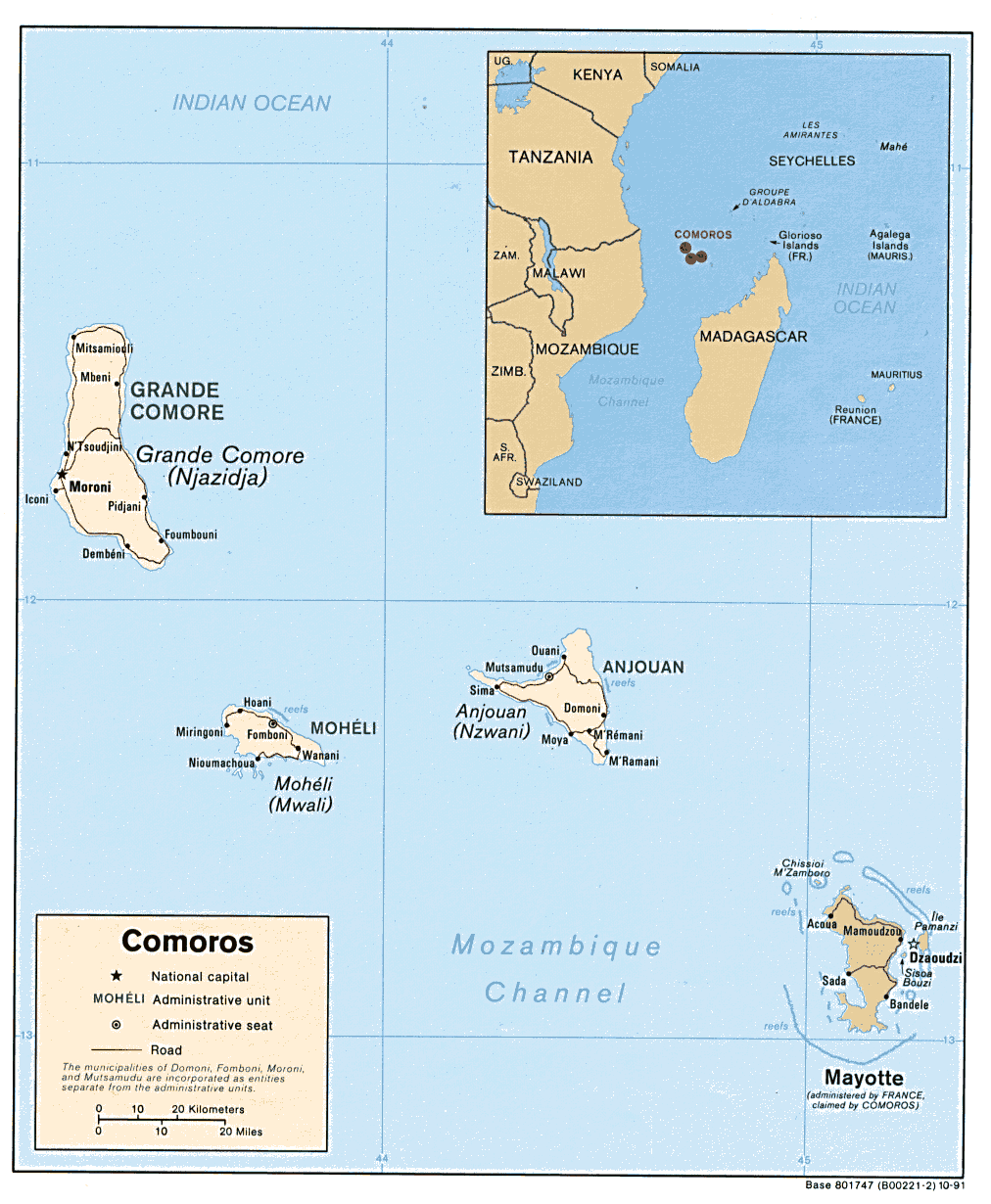
The Netherlands is the first European country that I am going to embark on. It's so exciting. It isn't one of those popular countries where everybody visits and knows its cuisine, but we are somewhat familiar with it because of Amsterdam. I did find out that the Netherlands is sometimes called Holland, but actually it makes up only the western part of it. Famous artists from this area include Vincent van Gogh, Piet MOndriaan and also M.C. Escher. That is quite amazing. The main ingredient of Dutch cuisine seems to be potatoes. It honestly is the first time I'm actually using potatoes in any of my dishes. Weird huh? It was interesting that during the turn of the 20th century, many of the Dutch girls were sent to Huishoudschool (housekeeping school). They were taught to cook cheap and simple meals which influenced a lot of their meals of today. A lot of these foods include potatoes, carrots, cabbage, brussel sprouts, cauliflower and of course the meats---very heavy, but probably because of the weather too. The weather is temperate and does not get really hot; but it does get pretty cold in the Netherlands. One famous thing that did come out of Dutch cuisine is the cheese---like Gouda. I'm glad it got cold in the Bay Area as the dishes I prepared completely catered to this winter weather.
SLAW MET AARDAPPELS--Dutch Mess (Lettuce)
By: Jo Harmeling & Jenny Messer
http://www.pellatuliptime.com/historical-village/history/recipe/recipes.html

6 servings of Fresh Leaf Lettuce, coarsely cut up
4 - Hot chopped hard – boiled eggs
6 strips Chopped crisp fried bacon
1/3 c. Chopped green onions
6 servings - Hot boiled potatoes
1/3 c. vinegar
1/3 c. water
Sauce
1 T. butter
1 T. flour
½ c. water
2 egg yolks (or 1 whole egg)
½ c. sugar
½ c. vinegar
Melt butter, add flour; when well blended, add water and bring to a boil while stirring. Beat egg yolks, add sugar and vinegar; blend egg mixture and stir into hot sauce. Let mixture come to a boil. Have ready potatoes, eggs, lettuce, and onion. Cut bacon into small pieces, fry in skillet until nicely browned. Add 4 T. of above sauce to bacon grease. (The remaining sauce may be refrigerated for several weeks). Bring to a boil in skillet and keep hot. Place a layer of hot potatoes, mashed with a fork in bowl; then a layer of lettuce, 2 sliced hard boiled eggs, bacon, a layer of lettuce and 2 - 3 Tablespoons of hot bacon dressing. Add remainder potatoes, lettuce and slice eggs. Pour remainder of hot dressing over and serve immediately.
This dish seemed very familiar, but I still can not put my fingers on it. They call it a salad, but I must say with the potatoes in it, it was really really heavy. The sauce was like a hollandaise sauce, rich and creamy. I didn't salt the potatoes enough so remember to do that or it'll taste a bit bland.
Hutspot
By: Jessica Ashurst
http://www.tastebook.com/recipes/733652-Hutspot

This is a legacy of the Spanish invaders, who, according to legend, left a pot of this stew behind in their abandoned trenches when the town of Leiden, which they had been besieging, was liberated in 1574 – so this hutspot was one of the first foods its starving inhabitants found. Before potatoes were introduced in Europe hutspot was made from parsnips, carrots, and onions.
This dish is a Dutch favorite that will heat you up in the cold winter months. I definitely enjoyed this dish, but it was kind of like mash potatoes, mixed with onions and carrots and chunks of meat. I can see myself being in a winter storm eating this dish...so hearty!
1 lb boneless Chuck, or Polish Sausage
5 medium Potatoes
1 lb Carrots
½ cup Onion
4 Tbsp Butter
Milk
Salt and Pepper
1. Cook the meat in any way you would like
2. Peel and cut Potatoes
3. Dice Carrots, and cut Onions
4. Boil Potatoes, Carrots, and Onions for 20-30 minutes, until tender.
5. Drain the vegetables.
6. Mash the vegetable, and add Butter, and Milk.
7. Add Salt and Pepper to taste.
Weener Taart (Dutch Apple Tart)
By: ElleFirebrand
http://www.recipezaar.com/Dutch-Apple-Tart-305551

Ingredients
2 cups flour
3/4 cup butter
3/4 cup sugar
1 lemon, zest of
4 apples, peeled and sliced
1/2 cup raisins (optional)
1/4 teaspoon cinnamon
2 tablespoons jam
1 egg, beaten
Directions
1. Combine flour, butter, 1/2 cup sugar and lemon zest, using pastry cutter. Dough will be very soft.
2. Roll to fit a 9-inch round cake pan, but large enough to trip for top strips.
3. Combine sliced apples, raisins (if using), cinnamon and jam, and fill the pastry.
4. Roll out dough trimmings and cut strips for top of tart.
5. Brush crust and strips with beaten egg.
6. Bake at 350 degrees for 1 hour.
Hands down, one of the best desserts I've ever made. This apple pie dish was delicious. I followed the recipe to the point and it was excellent. I didn't know what jam to use, so I used grape jam and it was awesome. I baked the pie for only 50 minutes, so the apples were not completely softened, but I liked it that way. If you want the apples to be completely cooked without the crunch, that extra 10 minutes would've been perfect. I think I'll be making this pie during Christmas....yes, it was that awesome!

Next off is Madagascar. We are going back to Africa. The good thing about this place is that I have a friend from Madagascar, so I am looking forward to getting home recipes from him.














